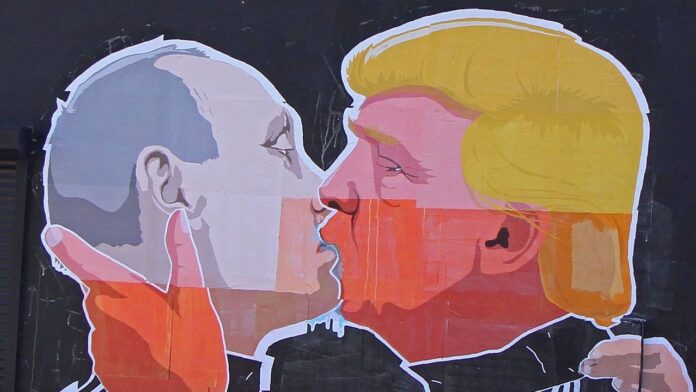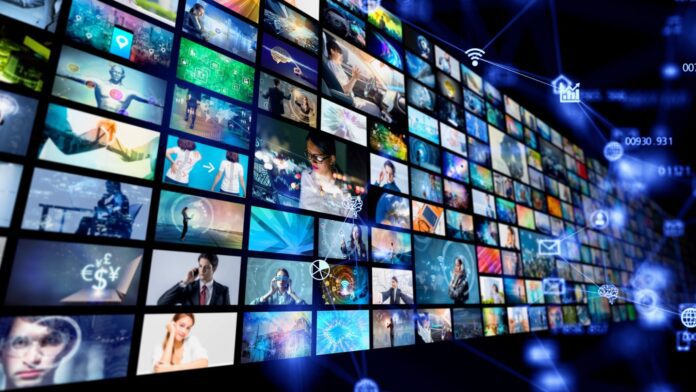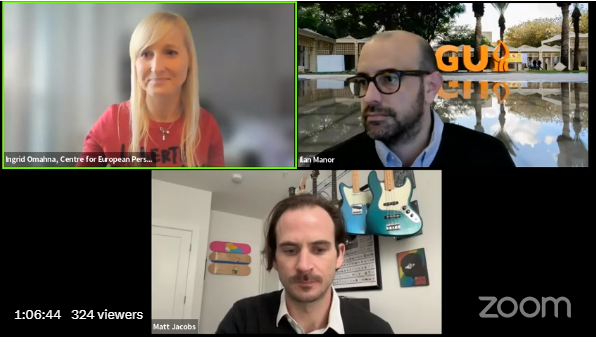In 1928, Edward Bernays wrote a book, titled Propaganda, the first in-depth study of advertising and its influence on buyers’ habits.
He theorized that companies, through advertising, have been swaying buyers to purchase products that differed very little from one manufacturer to another. In his book, he stated: “The myth of propaganda as wholly rational endeavor (is) carried out methodically by careful experts skilled enough to lead ‘public opinion,.
Bernays’ early study of propaganda focused on how propaganda was developed by advertisers to sway public opinion about a product. He touched on how the concept of propaganda could be used as a political tool.
That idea took hold with the likes of Joseph Goebbels, Adolf Hitler’s Reich Minister of Propaganda, the first openly proclaimed department of government devoted to swaying public opinion through propaganda.
The Soviet government, since before the Russian Revolution, also used propaganda to sway public opinion against the Czar and his government. As a result of these nefarious groups, propaganda rightfully got a bad reputation.
The word itself was first used in 1622 by the Catholic Church’s Counter Reformation program, titled “the Congragatio de Propaganda Fide” (Congregation for Propagating the Faith). But the origins of the practice, as we understand it, may date back to the Persian Empire.
The Oxford English Dictionary, compact edition, states: “Propaganda: information that is often biased or misleading, used to promote a political cause or point of view.” It defines propaganda as it is commonly used today, but the modern use of propaganda was first used by companies hoping to sway the public’s buying habits.
That brings us to today, in the United States, and how propaganda is influencing our political theater. I don’t use the word theater lightly, because theater may be the best word to describe politics today. Our politics can’t be described as a comedy, but in part a drama, and most defiantly a tragedy, because the one driving force in politics today is propaganda in its purest form.
We are bombarded with propaganda from both parties, the media and entertainment outlets. We are being influenced by the competing ideas and ideals of all the various groups and movements that today are taking up more and more of our public time and energy.
If you adhere to Fox New’s propaganda; you firmly have been swayed to see everything the Democrats, the New York Times, Washington Post, MSNBC, CNN, ABC, CBS and NBC are all in cohorts to destroy former President Donald Trump and the Republican Party, white males; and they desire to fundamentally change America.
Likewise, if you adhere to the propaganda of the New York Times, Washington Post, MSNBC, CNN, ABC, CBS, and NBC, you would be swayed to see Trump, the Republican Party, white males, and the Right, as the greatest threat to democracy ever.
Today, there seems to be almost no room in our political theater for compromise or civility. Instead, we are being fed a steady dose of propaganda that leaves no room for understanding issues.
Issues are defined by what the other guy is doing to corrupt and destroy our democracy, morals, freedoms, and our very way of life. I don’t care what you read, watch or listen to, the only common denominator is only, we are being propagandized by the parties, media and entertainment industry.
It doesn’t matter the subject under review; whether it be abortion, civil rights, gay rights, gender rights, traditional values, voter suppression, religious freedom, threats to democracy, the destruction of society, etc. The only common thing used by these many different, and conflicting, wedges is propaganda being used against us.
Never before has propaganda, in its purest form, taken such a hold on the country. Each side of any of the above-mentioned movements has taken more time, energy, money and defiance to promote their cause.
Lying about the opposition is regarded as fair, because if the opposition is not demonized and even criminalized, if possible, then the party or group propagandizing the demeaning of their opposition would be left with the one thing: they can never express the truth. Instead of the truth, we are brow-beaten into accepting their propaganda and the lies behind their propaganda.
I continually struggle with the unending propaganda put forth by the parties, media and entertainment industry. How is it being truthful when one party proclaims that a sitting president is destroying the fabric of society, while at the same time, the other party is declaring that the former president should be denied his right to run for or hold office again.
Both parties claim they are holding the high ground and the opposition deserves to be destroyed in order to save “democracy as we know it.’ Are any of these opinions based on real facts, or are they just expressions of propaganda? Are they meant to sway us through exaggeration of near-truths and outright lies?
It has come to the point that we are not allowed to have free and open debate on any subject, because all parties have dug in with their positions on all issues, backed up by their propaganda machines.
Take the border issue, for example. The right says the border is wide open and must be closed before any conversations with the left can be opened and meaningful. The left says the border is closed, and that comprehensive immigration must be addressed before anything meaningful can be accomplished.
So who is right? Both groups have reasons to hold their position. The border is obviously wide open; it doesn’t take a genius to see the flood of illegal aliens streaming across the border every day. And it’s also true that we need to have a complete overhaul of our immigration laws, that today’s system makes easier to enter into the country, than going through the arduous, and costly, process to enter the country legally.
Both of those positions have merit, but instead, we are bombarded with each side’s propaganda that leaves absolutely no room for a bipartisan solution. By demonizing the opposite group, through propaganda, we are left with little or any common ground.
The same thing happens when we discuss race, abortion, white supremacy, voting rights, the way we vote, the rights of different groups, states rights and all of the other controversial issues we are faced with almost every day.
The common denominator in all these issues that divide the country is each group’s ability to sway our actions with unbridled propaganda. Truth has been pushed aside for lies, repeated over and over, with the hope of the perpetrators being to convince us that their lies are, in fact, truth.
In the political sense, propaganda is being used to sway public opinion over honest debate. How tragic is that? How is it that we are more influenced by the lies of parties and groups that can overpower the truth?
Why has the truth taken the rear position in the way we treat each other, the way we are governed, entertained, informed and interact? Why is there so little truth in our discourses? Why is there a disregard of the truth whenever politics is injected into the equation?
Understanding propaganda, how and why it works, may be a way of coming to grips with issues, instead of digging in and refusing to solve issues. Today, especially in an election year, we should be sorting out the pure propaganda of either party and seek out the truth of either side by ignoring the propaganda.
It might be impossible to overcome the propaganda and find the truth, but it is imperative that we try, because we are facing a critical point. If propaganda defeats the truth, then are we no better than the people who fell for propaganda in the 1920s and ’30s who allowed propaganda to rule every facet of their lives?
I wonder if we aren’t taking the same road as they did, when propaganda was far more important than the truth? If this is true, and propaganda supplants truth and honesty, regardless of the subject before us, aren’t we putting our democracy (republic) in danger?
These are just some thoughts on how dangerous propaganda is.
BERNARD LESLIE is a beekeeping expert who lives beside Kentucky Lake in the northeast corner of Henry County. His email address is bleslie0515@gmail.com.
https://www.parispi.net/opinion/columns/article_59261afe-c692-11ee-8218-87ac5d889be7.html


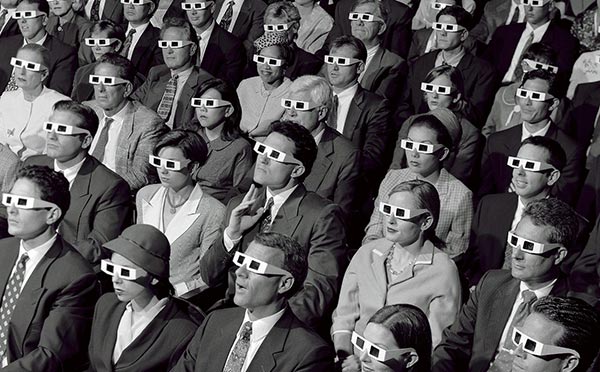
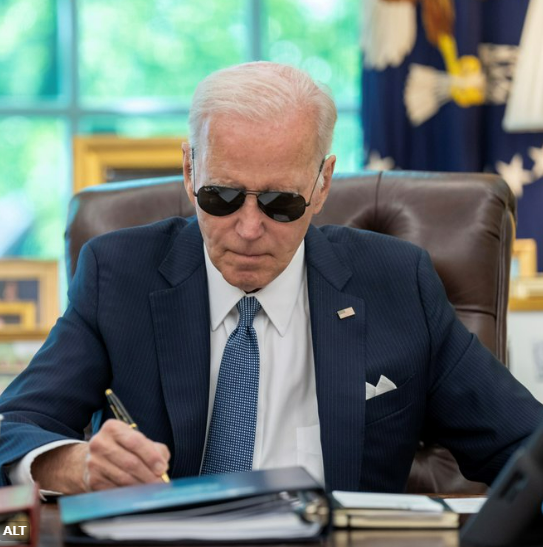

 :
: 